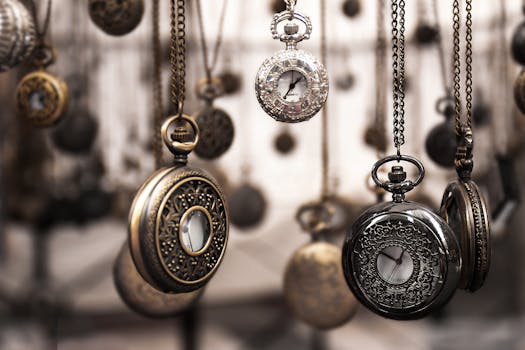Introduction
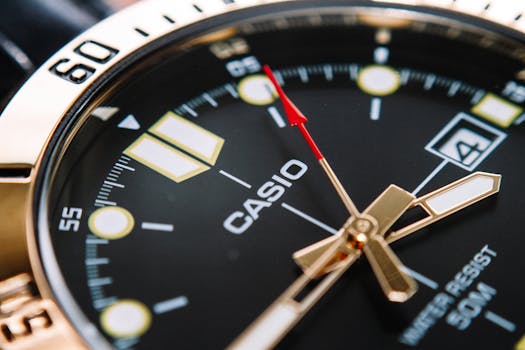
The world of luxury watchmaking is an intricate blend of precision, artistry, and innovation. At the core of this industry lies the essential role of design. Luxury watches are not just about timekeeping; they embody values such as heritage, craftsmanship, and luxury. In this article, we will delve into how design significantly impacts luxury watchmaking, illustrating its importance through various aspect.
The Aesthetic Appeal of Luxury Watches
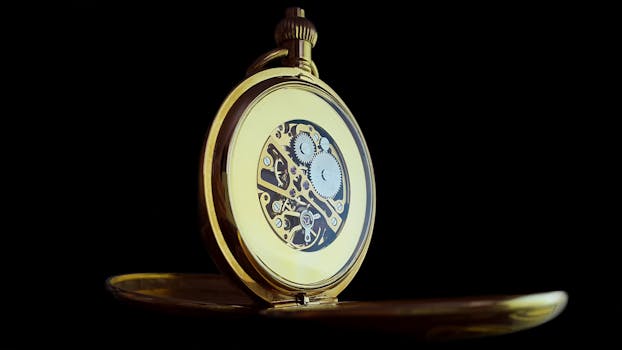
From the moment you lay your eyes on a luxury watch, its aesthetic aspects capture your attention. Expert design combines shapes, materials, and colors to create a product that is tantalizing to the senses. Top brands like Rolex, Patek Philippe, and Audemars Piguet produce timepieces that epitomize geometric harmony and visual richness.
Color theory and tonal design are directly tied to a watch’s branding. Each model often represents recognizable motifs connected to the brand identity, creating a lasting impression (Gross, 2020).
Functionality and Usability
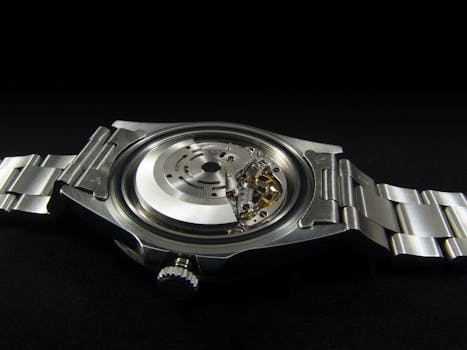
Beyond mere visual pleasure, design in luxury watchmaking concentrates heavily on functionality. The unique visual language of a watch reflects intricate engineering feats that punctuate its usability. Placement of dial elements, the ergonomics of watch bands, and the visibility of hands are meticulously crafted to ensure that they comply with your daily interactions while maintaining precision and easily aiding in readability.
Brands pay attention to how wearers interact with the watch in varying environments; light reflection on the surface, ease in winding mechanisms, and sturdy materials further confirm how design holds weight beyond what is merely seen on the surface. The iconic designs are typically unparalleled and include influence from both timeless trends and futuristic inspiration (Weil, 2021).
Iconic Design Elements and Trends
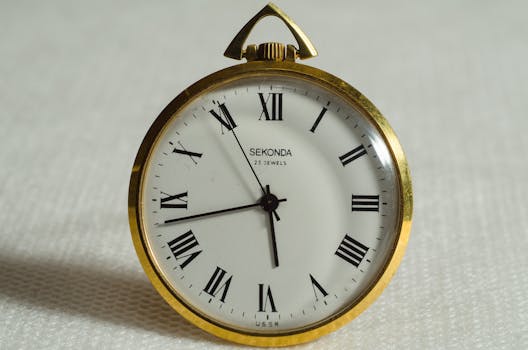
The world of luxury watchmaking vibrates with longstanding trademark designs along with trends that resonate with a sense of pampered parties. Distinct design traits of successful timepieces typically include large dials, unique shapes, underline rounded cases, and artistic engraving on the movements or dials.
Each trend invites critics and admirers alike and thereby influences manufacturer decisions. For instance, digital revolutions influenced brands to introduce smart technology into traditional horology (Abba, 2022). Consequently, unique and pioneering combinations come into existence. Such approaches underscore the delicate nature and blend of craftsmanship, art, and functionality within this fascinating spectrum called luxury watchmaking.
Conclusion
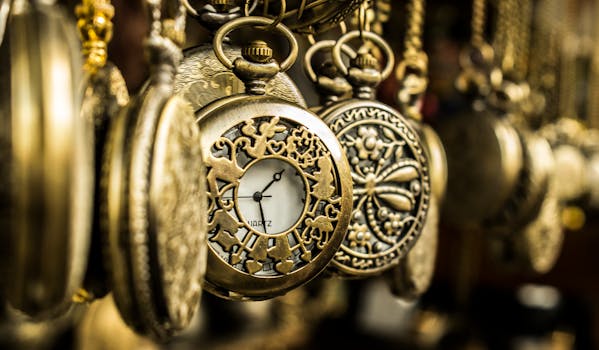
The role of design in luxury watchmaking transcends surface commencement to reinforce brand identity, usability, and encapsulate workmanship. Design has a dual face; it enjoys appreciation for both its beauty while bespeaking the intricacies beneath them—creating luxurious timepieces that elicit desires rather than simple ownership of sights. The marriage of form with extensive textile knit brings regular craftsmanship to unforeseen levels, making a celebrated space for aesthetic acclaims such as exclusivity and lasting prestige for distinguished owners aligned with the legacy of tracking time.
Take Aways
- Luxury watch design focuses deeply on aesthetic value alongside functional usability.
- Iconic designs have a marked influence on brand identity in luxury watches.
- The lifeblood of watchmaking lies within the craftsmanship underscoring innovative efforts culled through unique historical blends.

